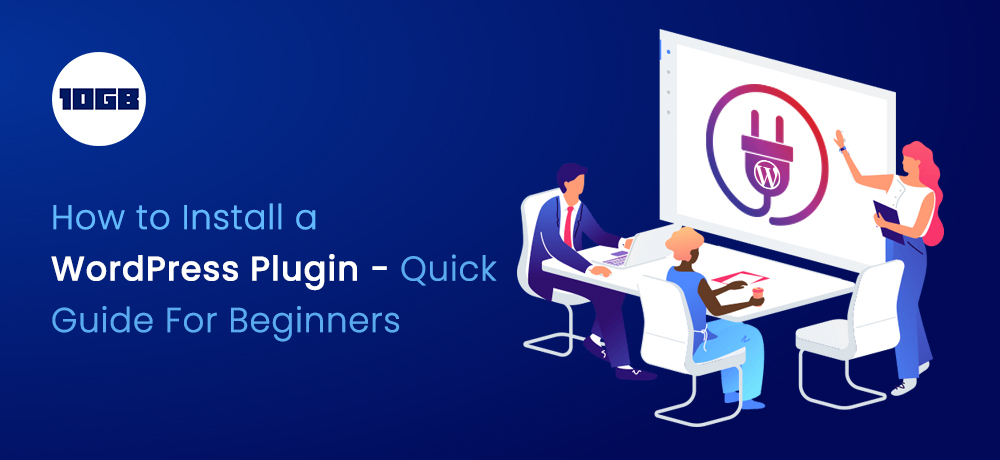WordPress is a content management system (CMS) that is not only popular but also packed with several features. Hence you must know a few technical elements when you start using WordPress.
Installing and Downloading WordPress is one thing that each and every self-hosted WordPress blogger should know how to do.
Basically it offers three methods to install a WordPress plugin on blog:
- Search and install
- Upload and install
- FTP
In the first two methods, you need to search, find, install, and enable the plugin with some simple clicks. Whereas in the FTP method, you upload the plugin utilizing an FTP software like CyberDuck or Filezilla.
Table of Contents
Search & Install a WordPress plugin from the dashboard
To, Install a WordPress plugin from the dashboard is a simple method.
In case you know the name of the plugin, you can straight away search from the dashboard and install it.
Just log into your blog’s dashboard and click on Plugins > Add New. Then type your search phrase into the search box available on the top right.
You can click on “More Details” to additional information regarding any such plugin. However, ensure that the plugin supports your current version of WordPress.
Additionally, be certain to read the documentation prior to install any of the new plugins.
To install, just click on “Install Now” and then “activate” the plugin.
The subsequent step is to go to the settings panel of the plugin and do all the essential modifications. Several times we do the error of installing plugins without correctly configuring them.
Related: How to Fix WordPress Website Not Updating?
Using 3rd Party websites to install custom WordPress Plugin
If you have already downloaded a WordPress plugin from somewhere, you can upload the .zip file and install a WordPress plugin right from the WordPress dashboard.
Click on “Upload Plugin” and browse your drive to search for the .zip file.
While uploading a file, WordPress just allows the .zip format for uploading WordPress plugins and themes.
Meanwhile, you can read Simple Tips For WordPress Optimization
FTP Method To Install a WordPress Plugin
This is another technique that is beneficial while you can’t install a WordPress Plugin using the WordPress Dashboard.
You just need to download the plugin from the WordPress plugin library, extract the plugin file, and upload it to your WordPress plugin library via FTP software. You can utilize Filezilla that is open and accessible for all major computer OS.
Usually, the plugin upload folder is situated under WP-content/plugins.
After the process of uploading the file is completed, you can just navigate to the WordPress plugins folder in the WP dashboard and activate the plugin. This is a very useful method for those who don’t have access to installing plugins or themes from the dashboard due to server restriction.
Conclusion: 3 Methods To Install A WordPress Plugin
Out of the 3 methods to install a WordPress Plugin, I personally prefer utilizing the dashboard’s search and upload feature. Just in a few certain cases, I need to utilize the FTP method.
Managing WordPress plugins is pretty simple. You just need to navigate to the plugins folder in the WordPress Dashboard and with just one-click, you can enable or disable plugins.
Seldom you may observe that you’re encountering problems with your WordPress site after installing a certain plugin. Just log into your dashboard through FTP and disable that plugin. Some specific plugins do not support specific versions of WordPress and will create problems.
If you are entirely new to WP or are planning to start with WordPress, you should check out our blog on Easy Steps to Build a WordPress Website.
Additionally, you can look for Managed WordPress Hosting for lightning-fast speed with High-speed SSD, 99.9% uptime & 24/7 managed live support.
